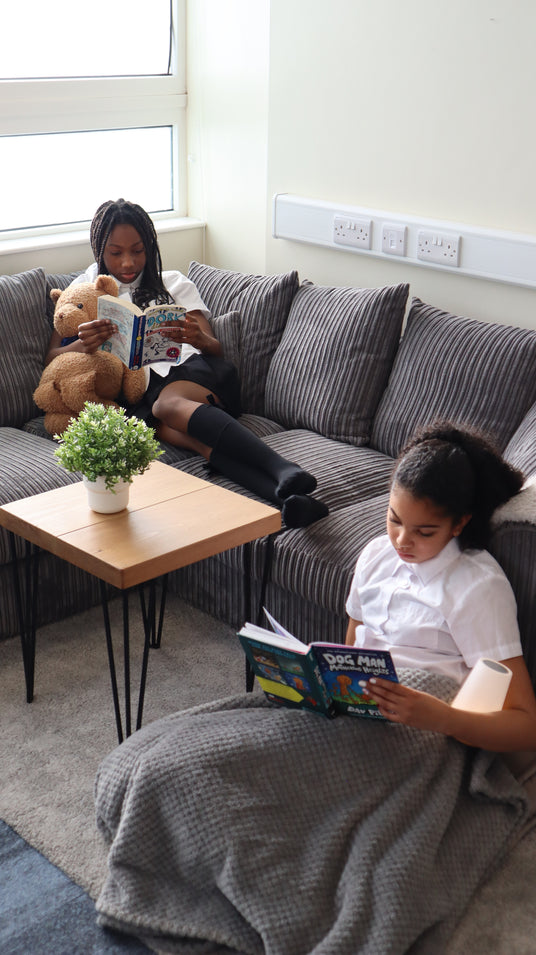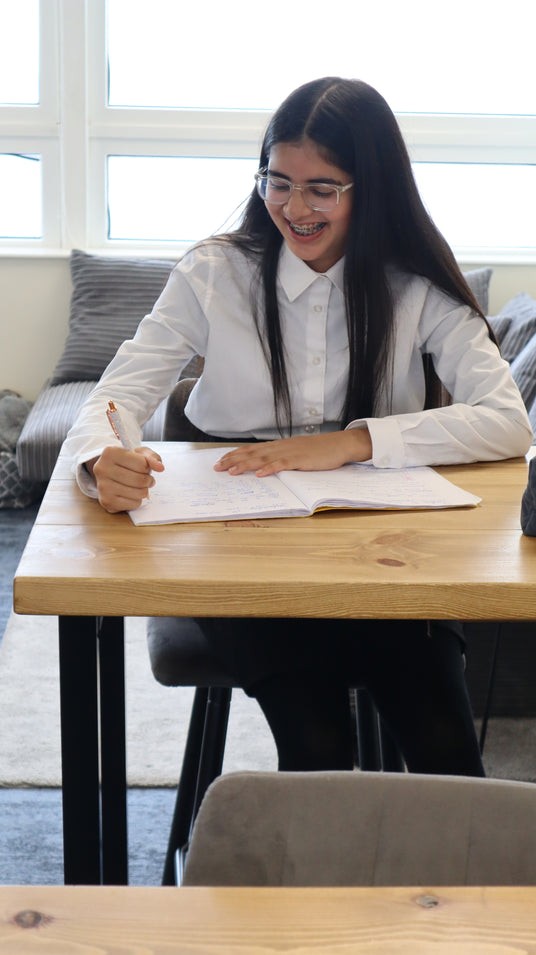
Collaboration with Floof Couture!
We’re so excited to announce our new collaboration with Floof Couture! To bring you these tbeautiful sensory pods, we instantly fell in love. Designed to help children feel safe, calm,...
Do you want to pay by BACs or cheque? No problem, select Pay by Invoice at checkout

A therapeutic classroom takes what isn't working in conventional classrooms, looks at the needs of the children and does things differently.
Our classrooms are welcoming, safe, inviting environments that cultivate learning through their design. They calm stress hormones and increase feelings of emotional safety, whilst meeting the emotional and mental health needs of the children. Therapeutic classrooms include calm spaces and flexible seating in every room as standard, and allow children to work where they feel most comfortable. They take into consideration space, lighting, comfort, accessibility, inclusivity and connective learning. Therapeutic classrooms are inspiring places that children want to be in and are underpinned by science.
When we engage with something therapeutic, like a warm bath, massage, long walk, talking with a friend or gardening, we feel grounded, safe, calmer and more present. We gain a sense of clarity and renewal that help us take on the challenges of the days to come with renewed energy. Our rooms and approach offer the children these same properties through the environment itself. Spending time in our rooms affects how they feel and
therefore how they engage, learn and perform in the spaces.

Watch our first therapeutic classroom make overs on YouTube and get hints and tips for your own rooms Here

Children are navigating a world that perpetuates and glorifies chronic stress. In every classroom you will find children who come from busy families, are struggling with adversity or trauma and/or are addicted to devices such as phones, tablets and gaming. Children today spend very little time relaxing and in a calm state.
The numbers of children playing outside, visiting friends face to face and spending time in nature have dramatically decreased over the last 10 years with children choosing to spend their spare time on technology, scrolling their phones or gaming. This impacts the brain in a negative way, increasing stress hormones, reducing their ability to concentrate, creating feelings of anxiety, diminishing social skills and leaving children unable to regulate or manage their emotions.
Children and young people's minds are constantly working from their survival brain as it tries to cope with the constant fast pace, demanding environment around them. It is no surprise that their mental health and wellbeing needs are at an all time crisis and it is showing in the classroom.

Our classrooms reduce those stress hormones and purposefully create a space where children can begin to regulate and learn to manage their own sense of wellbeing and mental health.
They also help children to experience and feel what it is like to be in a nurturing, safe environment that helps them feel inspired and learn. This is especially important for those children who don't live in comfortable, warm homes. The classroom therefore doesn't just teach the curriculum but also what it feels like to be warm, safe, comfortable and calm!

Why is this approach so important, what is the impact and what does it mean to be a therapeutic classroom?
Please note, This video showcases many of our pilot schools. We no longer use some of the furniture shown in this video*